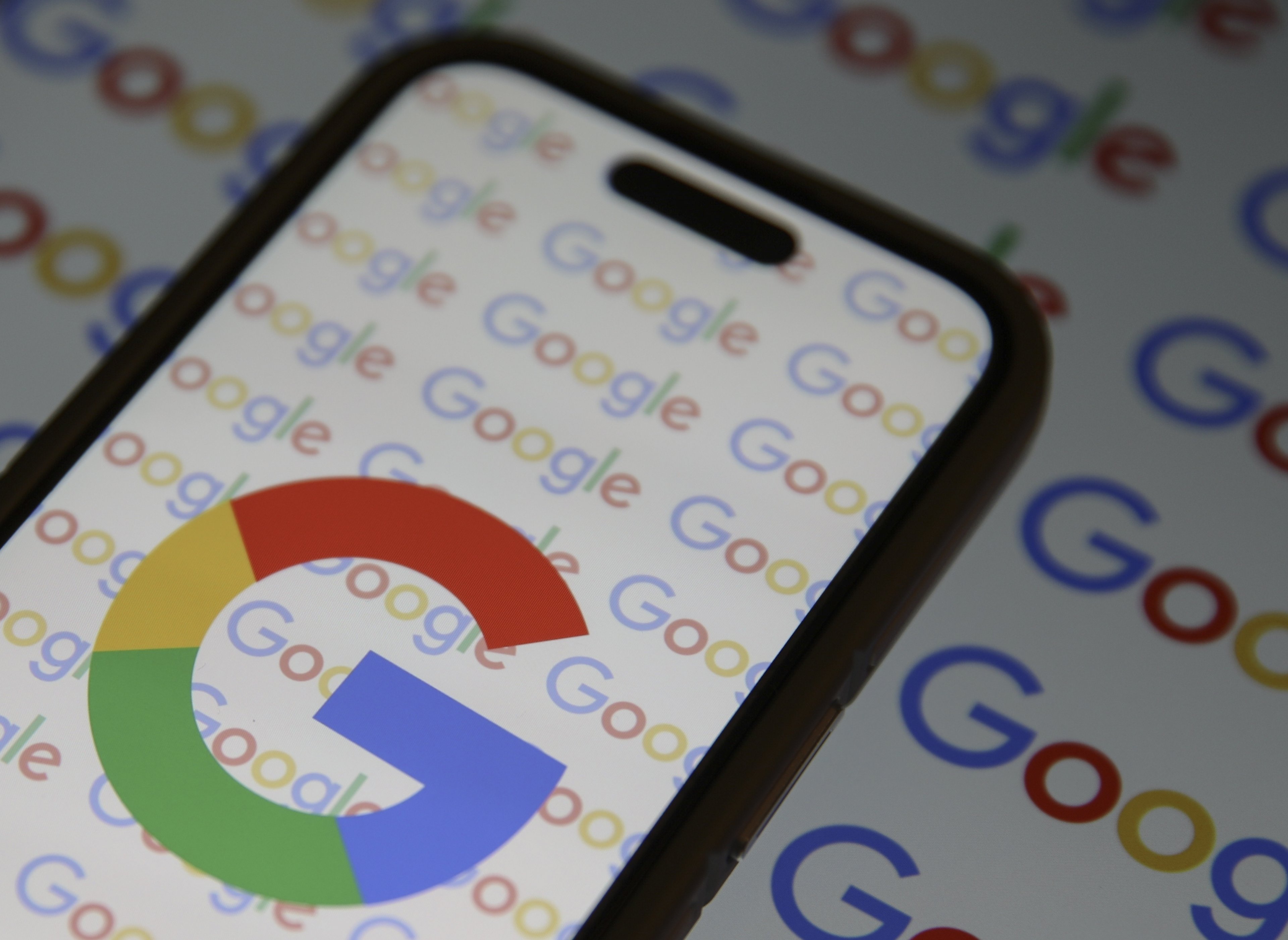It was supposed to be the cable television industry's answer to the advent of much cheaper streaming options. Consumers may be increasingly unwilling to pay full price for a full-blown cable TV service. But they might pay a lower price for a more modest channel lineup of live television options, regardless of how it's delivered.
That's not quite how things have panned out, though. Instead, a couple of unlikely providers have become the leading names within this sliver of the cable market -- at the expense of the players that arguably should be winning the race. Namely, Alphabet's (GOOG 0.06%) (GOOGL 0.08%) YouTube TV and Walt Disney's (DIS +0.40%) Hulu Live TV have proven there's interest in a more modest cable package. The trick is simply being able to sell it.
Mixed quarter for vMVPDs
On the whole, virtual multi-video program distributors -- or vMVPDs -- such as Sling TV and Hulu's Live TV fared about as badly as linear cable television providers did during the first quarter. MoffettNathanson Research's Craig Moffett estimates that vMVPDs lost 341,000 subscribers in the three-month stretch, versus conventional cable's customer attrition of 1.8 million.

Image source: Getty Images.
Moffett's data jibes with company reports. Dish Network's (DISH +0.00%) Sling TV lost 281,000 of its 2.59 million customers it served as of the end of 2019. AT&T's (T +1.33%) skinny bundle AT&T TV Now lost 138,000 of its over-the-top television subscribers, compared to nearly 900,000 traditional cable customers losses.
It's only anecdotal evidence, and the number of cancellations isn't huge. But, for a sliver of the TV market that was never that big to begin with, those customer losses are relatively large.
There are a couple of curious footnotes to add to the analysis, however.
Chief among them is the fact that of the 341,000 total vMVPD users who simply went away last quarter, a huge chunk of them were the roughly 500,000 subscribers to Sony's Vue bundle that ceased service at the end of January. Moffett doesn't believe many (if any) of them signed up for a new streaming skinny bundle even though Alphabet successfully bid for Sony's endorsement of YouTube TV as an alternative. Moffett believes YouTube TV's customer base grew by 300,000 anyway, though, expanding from around 2.0 million to 2.3 million users.
We also know Disney's Hulu Live TV headcount ended the first quarter of the year with approximately 3.3 million paying customers, up 100,000 from the 3.2 million subscribers it reported as of the end of 2019.
In the shadow of the coronavirus pandemic that's made television broadcasts sports-less (and accelerated an existing cord-cutting movement), that's actually a pretty encouraging outcome -- at least for a couple of vMVPD players.
Extending an existing trend
Last quarter's progress for Hulu Live and YouTube TV wasn't a short-lived stroke of luck either. A year ago, the working figure for Hulu Live TV was only around 2 million, and it grew to around 2.7 million by the third quarter of last year -- an estimate that aligns with data Disney has started to disclose in the meantime. It's now at 3.3 million.
Alphabet continues to keep its specifics regarding YouTube TV quiet, but it did confirm it was serving "over 2 million YouTube TV paid subscribers" as of the end of 2019. A little over a year ago, YouTube TV's headcount was pegged at right around 1 million. The current estimated count of 2.3 million suggests YouTube continues to do something right.
Moreover, both platforms have been able to expand their user bases at a time when AT&T was and Sling TV now is losing subscribers.
It's not been pretty progress for Hulu and YouTube, but it's progress nonetheless.
The new norm
What makes YouTube TV or Hulu Live TV more marketable than AT&T TV Now or Sling TV isn't perfectly clear. The most observable common threads between the two winners and the two biggest losers are their backgrounds. AT&T and Sling TV's parent Dish is part of the proverbial old guard of the cable industry, whereas YouTube is a web destination outside of traditional entertainment circles. Hulu has the support and backing of the venerable Disney, which is a TV entertainment name but perhaps is not seen as a gatekeeper.
Whatever makes them different, Hulu Live TV and YouTube TV are both proving there's a market for skinny bundles. That market won't likely be as big as the United States' current linear cable market is, which currently stands at more than 80 million paying households, according to data from eMarketer as well as nScreenMedia. Craig Moffett is quoted as saying, "we doubt the DTC [direct-to-consumer] lifeboats will ever come close to matching the profitability of the business they are ostensibly designed to replace [linear cable]."
If there are fewer viable providers in the vMVPD space, though, they don't need to fully match their predecessors' profitability. Indeed, given the number of other ways Alphabet's Google and Walt Disney can monetize subscription-paying customers, their respective skinny bundles don't necessarily have to be profitable at all.
The much bigger takeaway for investors is that the skinny bundle isn't a non-starter; it's just gaining traction somewhere unexpected. Investors would be wise to keep their finger on the pulse of this surprising shift.










